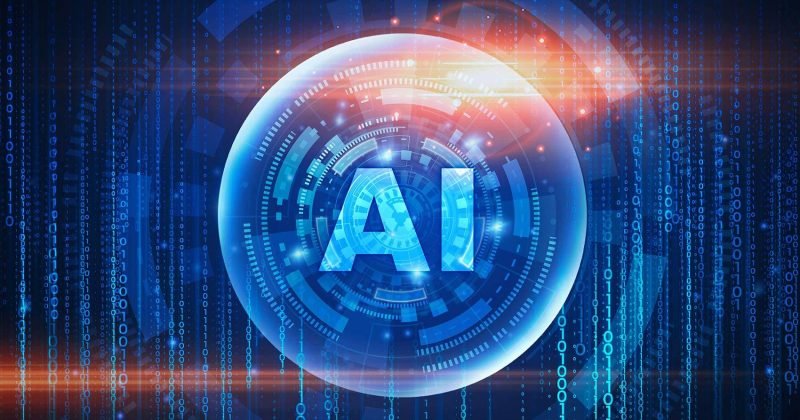Artifical Intelligence


5 Months - 120 Hrs

3 Alternative days/ week

09:30 pm-11:30 pm
Eligibility :- Any Science or Engineering graduate (preferably from CS/EC/IT) with a computer background.
Course Overview
This Artificial Intelligence (AI) course is designed to fulfill industry requirements and is focused on job readiness and skill development. The course provides a comprehensive understanding of AI concepts, programming, and hands-on projects in various domains like Machine Learning, Deep Learning, and DevOps.
- Module A: Introduction
- Basics of Industries – Learn the current industry standards and trends.
- Programming Requirements – Overview of required programming languages and basics.
- Introduction to Python – Why Python is important, installation, first Python program, comments, and indentation.
- Data Types – Explore sequence types, special types, operators, operands, and I/O.
- Control Flow & Command Line – Command-line basics and control flow structures.
- Module B: Modules and Functions
- Functions – Different types of functions, functions inside functions, passing functions as parameters, and recursion.
- Lambdas – Map, reduce functions, decorators, generators, and keyword use in Python.
- Modules – Creating and using Python modules, along with sample modules.
- Module C: Object-Oriented Programming (OOP)
- Encapsulation – Implementing private fields and name mangling in Python.
- Inheritance – Using inheritance, method overriding, and the
super()function. - Polymorphism – Concepts like duck typing, operator overloading, and runtime polymorphism.
- Abstraction – Working with abstract classes and interfaces.
- Module D: Exception Handling
- Exception Hierarchy – Understanding the hierarchy and handling exceptions using
try,except,else, andfinally. - Custom Exceptions – Creating and raising custom exceptions.
- Logging – Using logging for error tracking and configuration.
- Module E: File Systems
- File Operations – Reading, writing, and appending files in Python.
- Pickle and Unpickle – Introduction to serialization and deserialization.
- Logging and Assertions – Configuring logging and assertions in Python code.
- Module F: Support Tools
- Regular Expressions – Understanding sequence characters, quantifiers, and special characters.
- Date and Time – Working with current dates, sorting, combining date and time, and introducing sleep functionality.
- Module G: Data Structures
- Algorithms Analysis – Time and space complexity.
- Data Structures – Arrays, strings, and different types of data structures.
- Sorting & Searching – Theory and implementation of sorting and searching algorithms.
- Advanced Structures – Stack, queues, linked lists, and trees.
- Dynamic Programming & Recursion – Solving problems with recursion and backtracking.
- Module H: Tools and Libraries
- Computer Vision & Deep Learning – Hands-on experience with OpenCV, TensorFlow, PyTorch, and Tesseract.
- Project: Real-time project in Computer Vision.
- Machine Learning – Using popular libraries like NumPy, Matplotlib, Pandas, and SciKit Learn.
- Project: Real-time project in Machine Learning.
- Module I: DevOps and Cloud
- Version Control & CI/CD – Git, Jenkins, and BitBucket.
- Cloud Technologies – Introduction to Azure and Docker.